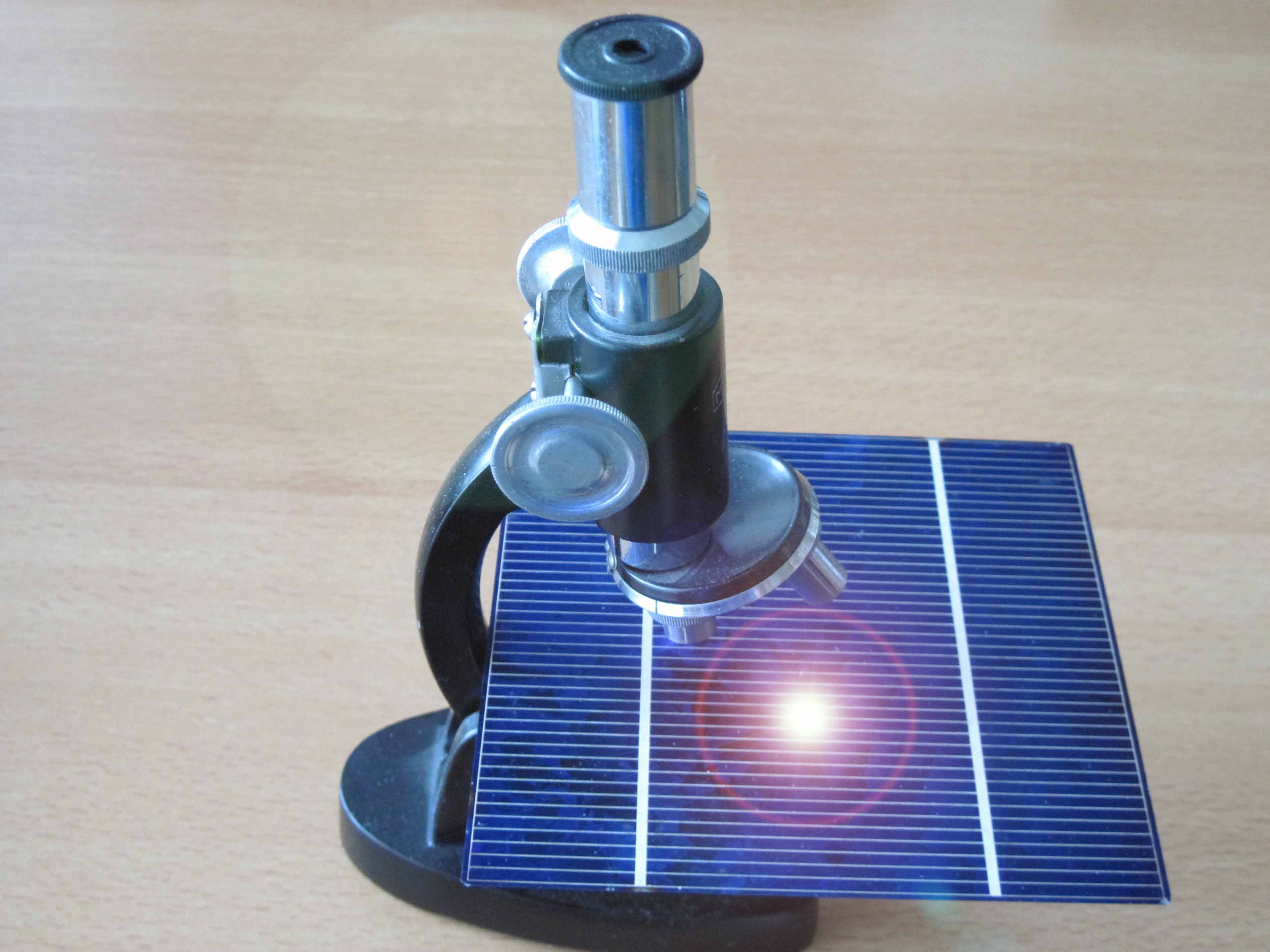
Spectra-Solaris Laboratory
Specialists in Solar Cell Measurements
| |
| About Us |
| Products |
| Services |
| Contact Us |
| Useful Links |
| HOME |
| ELECTRICAL NOISE SPECTROSCOPY (LOW FREQUENCY FLUCTUATIONS) |
|
Spectra-Solaris's Electrical Noise measurement set-up is a very powerful research tool able to deliver important information about a variety of physical aspects of the solar cells. The design, modular in nature, can be easily upgraded or options added at a later time. This state-of-the-art system has been designed while keeping in mind the specific needs of the present day solar industry. Anyone performing in-depth solar cell technology development or experimental research will benefit from the flexibility, accuracy and breadth of testing capabilities as offered by our low frequency electrical noise set-up. The electrical noise measurements could give important information about device and its manufacturing technology reliability besides the information about noise sources of the device. The noise sources are related to structural imperfections like dislocations, contact issues, metallic clusters, etc. Like a rule, the same phenomena responsible for energy dissipation inside the device are the source of excessive or abnormal noise of the device (the Fluctuation-Dissipation Theorem). This can provide useful tools for decreasing the power loses of the solar cell therefore enhancing its conversion efficiency. This measurement technique is especially valuable for thin film and organic solar cells which by definition produce large amount of noise due to their imperfect, non-uniform structure. More information about electrical noise (EN) usefulness in reliability assessment of solar cells could be obtained from our site. For supplementary information click here. Our specialists with a vast experience in electrical noise will collaborate closely with you in order to define your measurement needs, to customize the test set-up accordingly and to interpret the results. Technology: Spectra-Solaris Laboratory electrical noise measurement (low freqency) set-up is able to perform precision noise measurements in the range 0.01 Hz to 100 kHz using four complementing technolgies: analog direct filtering (bandpass filter banks), analog indirect filtering (lock-in based), statistical (noise pulse amplitiude discrimination) and Fast Fourier Transformation (software version). System features:
|
|
The content of this website is the intellectual property of Spectra-Solaris Inc